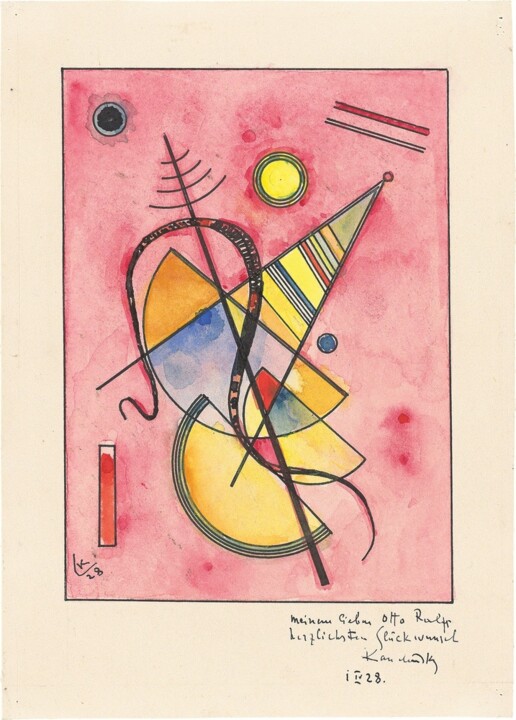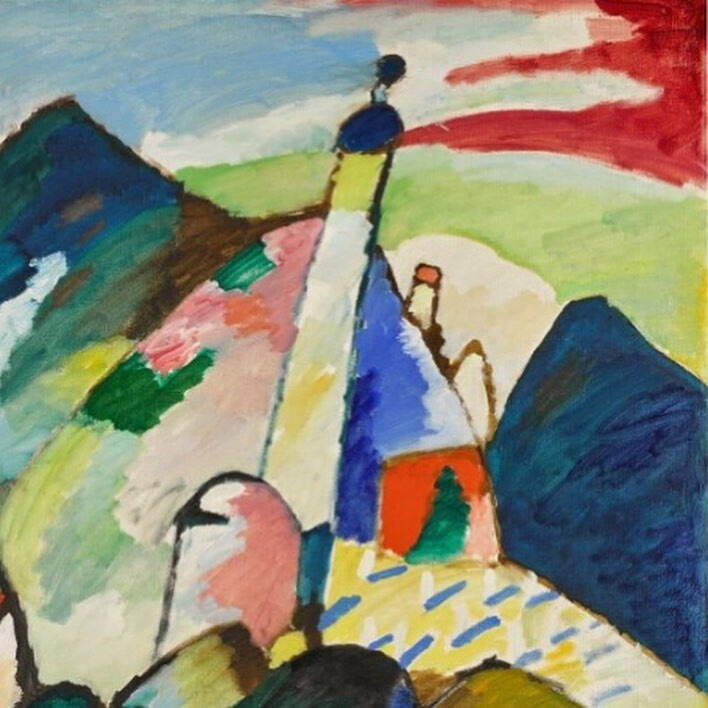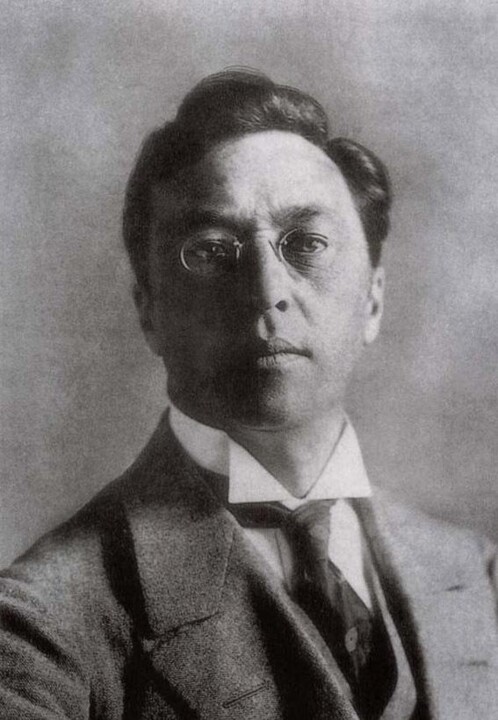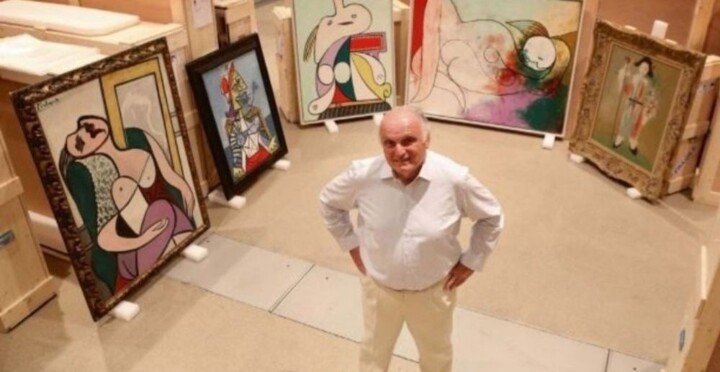"Fine-Arts" prints on paper
It is a process of printing on art paper using very high-quality pigment inks and printed in very high definition. Its level of conservation is exceptional (more than 100 years), its quality, depth, and richness of nuances exceeds the classic photo print on Argentic paper.

Glossy finish
Apart from its exceptional thickness, the fiber paper is composed of an alpha-cellulose base without acid and it is covered with barium sulphate, and a microporous layer absorption enhancing pigments during printing. A pure white color, non-yellowing to light, this paper is especially designed for resistance and aging. It is used by major museums worldwide as it offers excellent resolution, rendering deep and dense colors.
Art Print "Fine Art" - Glossy finish on a fiber base paper 325 g.

Our high end prints and reproductions
ArtMajeur only uses natural papers with neutral pH, resistant, and of high quality, selected from renowned papermakers!
Constant attention is paid by our master printer, whether in terms of color control or respect for the graphic chain. Our high level of quality requirement is a major asset of ArtMajeur framed art prints.
For Artists! You help artists to live from their work. They receive royalties everytime you buy their prints.
About our fine prints-
Original Artwork
Painting,
Oil
- Dimensions Height 26in, Width 29.9in
- Framing This artwork is not framed
- Categories Abstract Geometric
À gauche, un fond jaune éclatant sert de toile de fond à une collection de formes qui évoquent des éléments naturels ou cosmiques, tels qu'une lune croissante et un soleil, accompagnés de formes qui pourraient ressembler à des montagnes ou des édifices. Les couleurs ici sont plus chaudes, avec des tons de terre, ponctués par des accents de rouge et de bleu, évoquant peut-être le monde naturel ou le paysage intérieur de l'artiste.
À droite, contre un fond noir, se détachent des formes linéaires et rectangulaires épurées, créant une composition qui pourrait évoquer une scène urbaine ou une machine complexe. La présence de la sphère bleue insuffle une dynamique circulaire, contrastant avec les formes angulaires qui l'entourent. Des lignes rouges et blanches ajoutent de la profondeur et du mouvement à cette section, suggérant un espace tridimensionnel.
Le titre "L'Alliance intérieure" suggère une harmonie ou une connexion entre les divers éléments, possiblement une représentation de la fusion entre l'intérieur spirituel et le monde extérieur matériel. Kandinsky utilise la juxtaposition de couleur et de forme pour communiquer des idées complexes sur l'interaction des forces visibles et invisibles, cherchant à capturer des aspects de l'existence qui transcendent le visible.
Related themes
Wassily Kandinsky was a Russian painter and theorist known as the 'father of abstract art'. He was born on December 16, 1866 and died on December 13, 1944. A leader in avant-garde art, he strove to push the boundaries of art to a level never reached before. He is one of the pioneers of pure abstraction in painting at the beginning of the 20th century. He left law and economics to follow his passion for art, and he immediately made waves in the art world with his passion for art. and his ability to think outside the box. Interestingly, Kandinsky sparked a revolution in abstract art, which only grew, changed and strengthened over time as painters and thinkers of the next generation had new artistic experiences. What differentiates him from other painters of his time is the way he uses colors and the way they match the music. Others used colors to describe nature or subjects, but he used his palette to show what he felt. Although his works caused controversy among his contemporaries and critics, he still found his place in the art world. He strived to create abstract works full of meaning and used shape and color to achieve the effect he desired. Most of his paintings were destroyed in a Nazi attack during World War II, but some of his works from Germany still exist. These works honor his artistic taste and show that he was a pioneer of modern art.
-
Nationality:
RUSSIA

- Date of birth : 1866
- Artistic domains: Represented by a Gallery,
- Groups: Russian Contemporary Artists Artists presented by a gallery






 A painting by Kandinsky, sold at auction in Berlin, was stolen from the National Museum in Warsaw
A painting by Kandinsky, sold at auction in Berlin, was stolen from the National Museum in Warsaw
 A painting by Kandinsky has set a record by selling for $44.5 million
A painting by Kandinsky has set a record by selling for $44.5 million
 Wassily Kandinsky
Wassily Kandinsky
 Composition VII by Wassily Kandinsky
Composition VII by Wassily Kandinsky
 The largest private art collection in the world
The largest private art collection in the world



